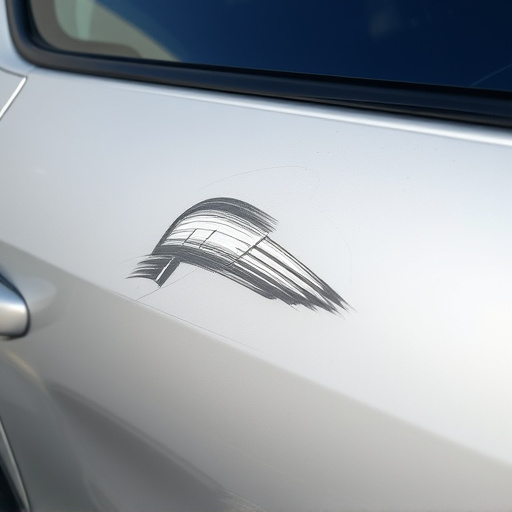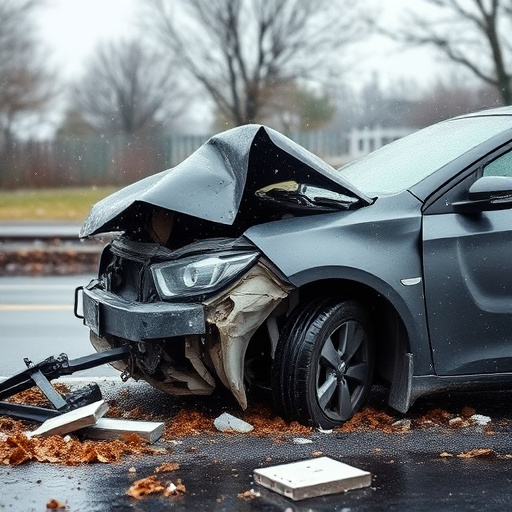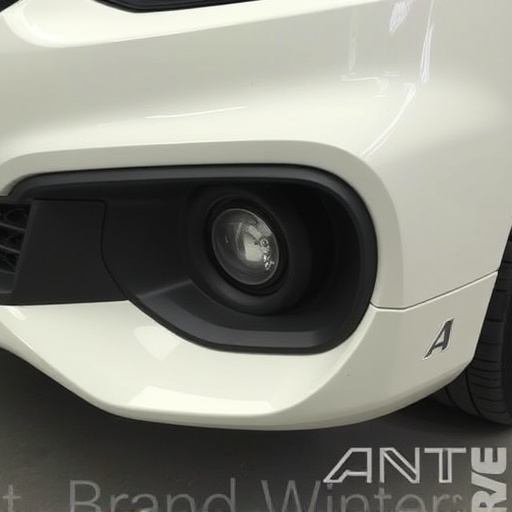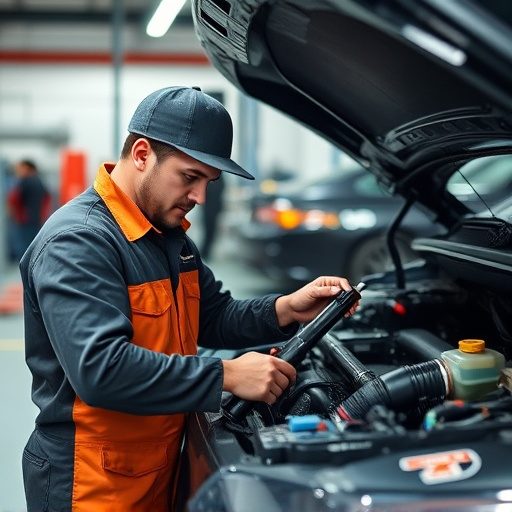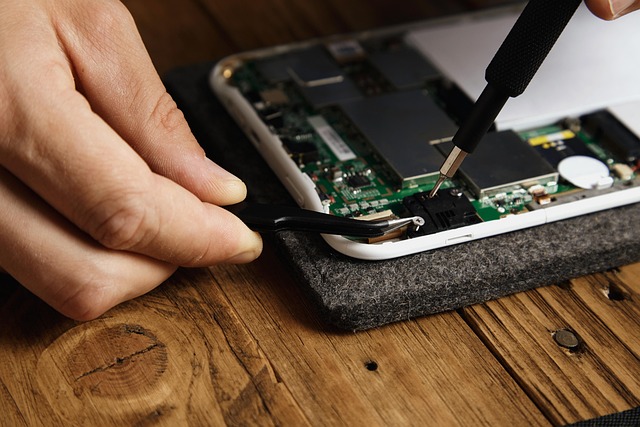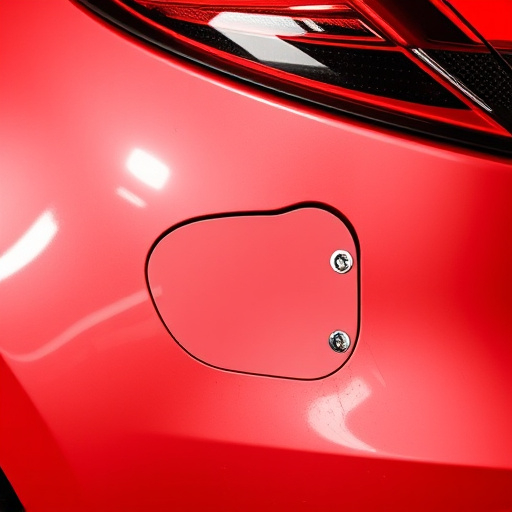Mercedes vehicles' advanced electronic steering system requires prompt repair after collisions to ensure driver control, comfort, and safety. Signs of trouble include steering wheel vibrations, pull to one side, dashboard error messages, unusual noises, and increased resistance while turning. Specialized Mercedes electronic steering repair involves inspection, sensor replacement, recalibration, and ECU reprogramming, followed by a test drive for optimal performance and safety.
After a collision, your Mercedes’ electronic steering system may require expert attention. These advanced systems are integral to modern vehicles, offering precision and safety. However, damage from an impact can lead to critical failures. This article guides you through understanding the intricacies of Mercedes electronic steering, recognizing signs of necessary repairs, and what to expect during the restoration process. Stay informed about your vehicle’s well-being with this essential maintenance knowledge, focusing on the vital aspect of Mercedes electronic steering repair.
- Understanding Mercedes Electronic Steering Systems: How They Work and Why Repairs Are Crucial
- Signs Your Mercedes Needs Electronic Steering Repair After a Collision
- The Process of Fixing Mercedes Electronic Steering: What to Expect During the Repair
Understanding Mercedes Electronic Steering Systems: How They Work and Why Repairs Are Crucial

Mercedes vehicles are renowned for their sophisticated technology and cutting-edge engineering, and the electronic steering system is no exception. This advanced system replaces the traditional power steering pump with an electric motor, offering enhanced precision and responsiveness. It improves driver control and comfort, especially during cornering, by adjusting torque delivery to each wheel individually. The system also plays a vital role in safety features like lane-keeping assist and adaptive cruise control.
After a collision or impact, it’s crucial to assess the Mercedes electronic steering repair requirements. Even minor accidents can cause damage to the intricate sensors, actuators, and control units that comprise this system. Ignoring these repairs can lead to decreased handling performance, increased steering effort, or even unexpected failures. Proper frame straightening and dent removal techniques are essential to ensure the vehicle’s structural integrity, which is critical for the accurate calibration and optimal functioning of the electronic steering system during vehicle restoration.
Signs Your Mercedes Needs Electronic Steering Repair After a Collision

If your Mercedes has been involved in a collision or impact, it’s crucial to pay close attention to any unusual behavior from its electronic steering system. One of the first signs that your vehicle needs Mercedes electronic steering repair is a noticeable change in how the steering feels. If the steering wheel vibrations, pulls to one side, or becomes loose during normal driving, these could indicate damage to the electronic power steering (EPS) components.
Additionally, any error messages related to steering on your dashboard should not be ignored. A malfunctioning ABS (Anti-lock Braking System) or ESC (Electronic Stability Control) can also suggest underlying issues with the EPS. Moreover, if you hear unusual noises coming from the steering column or feel increased resistance while turning, these are further red flags that warrant a visit to a collision repair center for a thorough inspection and appropriate Mercedes electronic steering repair.
The Process of Fixing Mercedes Electronic Steering: What to Expect During the Repair

Mercedes electronic steering repair is a specialized service required after a collision or impact. The process involves several steps to ensure precise and safe restoration of the vehicle’s steering system. Initially, the auto body shop will conduct a thorough inspection to assess the damage, focusing on the electronic components of the steering system. This may include diagnostic scans to identify any faults or codes stored in the vehicle’s computer.
Once the extent of the damage is determined, the collision center will proceed with the repair. The process often entails replacing faulty sensors, recalibrating the steering rack, and reprogramming the electronic control unit (ECU). During the repair, technicians use advanced diagnostic tools to ensure the system functions optimally. Post-repair, a test drive is typically conducted to verify the steering’s responsiveness, accuracy, and overall performance, guaranteeing a safe return to the road for the vehicle.
After a collision, it’s imperative to have your Mercedes’ electronic steering system inspected and repaired if necessary. As modern vehicles, Mercedes cars rely heavily on sophisticated electronics for safe handling, making repairs crucial for both performance and safety. Understanding the signs of damage and the repair process can help ensure your vehicle returns to its optimal condition, providing peace of mind while driving. Remember, prompt action following a collision is key in mitigating potential issues with your Mercedes’ electronic steering repair.
